Getting Your Creative On with Solar Panels
As the impact of climate change continues to disrupt our lives, many governments are looking toward the sun as a source of renewable energy. Some, like the United States and Switzerland, are even offering incentives to go solar. And it’s working. According to the International Energy Agency (IEA) Photovoltaic Power Systems Program (PVPS), the rate of PV installations across the world during 2020 was more than double compared to 2016, and more than 7 times compared to 2012.
While most companies and homes that go solar do so with the intention of generating as much energy as possible, others consider the aesthetics to be no less important. Design, shape, visibility, and utilization of solar panels (otherwise called photovoltaics or PV panels or solar modules) for additional income such as advertising are some of the considerations.
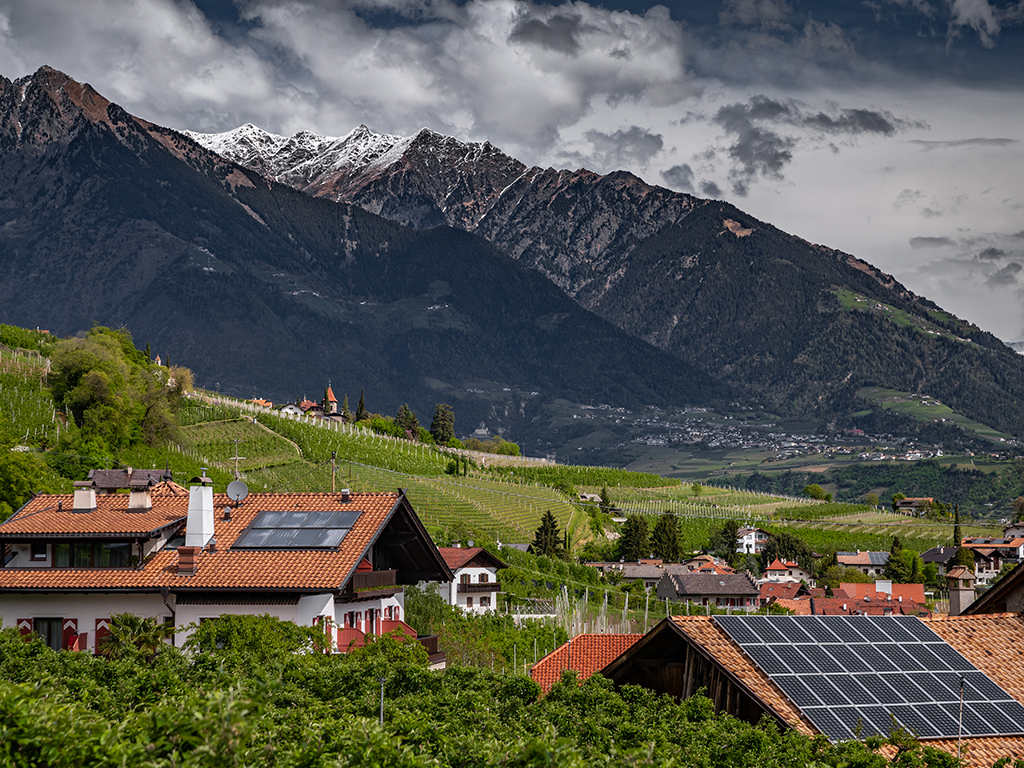
Mickey Mouse, panda bears, and wild horses
Take, for example, Disney, which is using PV panels in the shape of Mickey Mouse as part of their brand. In fact, the Disney company is harnessing the power of the sun at four installations across the globe and, according to their estimations, these sites will produce enough energy to power over 65,000 homes for one year. And there is a company in China which invests in and operates PV fields in the shapes of smiling panda bears. In fact, a solar project in China earned a new world record for the largest ever solar panel image – it occupies an area of about 1,400 square meters, the same size as roughly 200 football fields! According to the Dailymail, the project produces power for over a million houses and was built as a part of the government’s effort to promote tourism and energy resources in the Gobi Desert. The image shows the local horse breed that characterizes the region.
This all sounds great in principle, but is there a downside? A solar site that is designed in a special shape could potentially enhance a phenomenon known as module mismatch where some modules can produce less power than others. Module mismatch can limit the power production of the stronger modules in the string to that of the weakest modules. However, companies such as Kia, Hyundai, and Audi have designed sites incorporating their logos without compromising on the generated energy. These companies are using SolarEdge Power Optimizers to enable each solar module to generate electricity at its maximum potential.
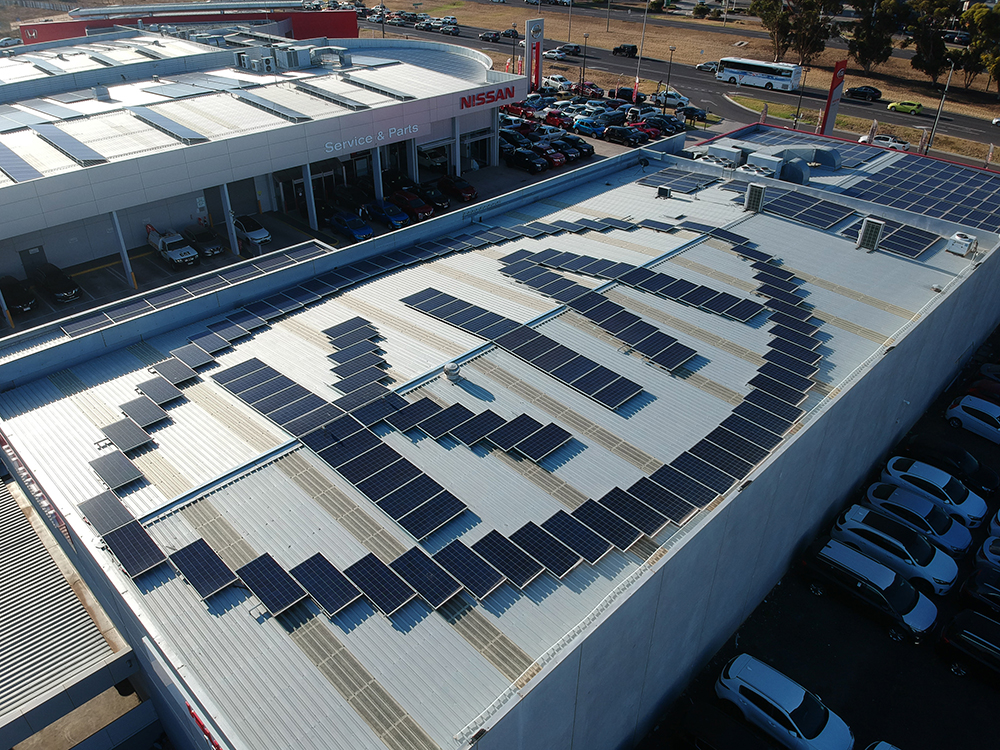
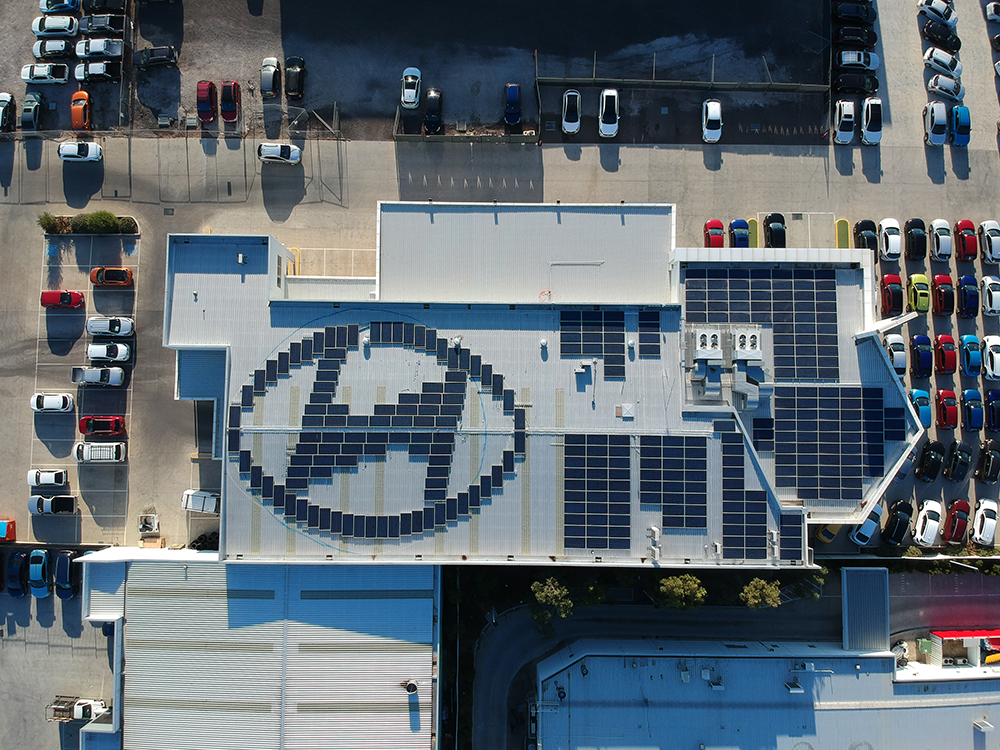
What are solar modules?
With many “creative” solar energy solutions still in the early development stages and facing their own engineering challenges, let’s first understand a few basics about PV panels which can be found in our neighborhoods, commercial parks, farms, and even in remote unpopulated deserts, and look at several interesting solutions.
First of all, what’s the difference between solar modules, solar panels and PV panels? In most cases, not much. They are all terms that can be used interchangeably depending on region. They are made of silicon, glass and metal and, when exposed to the sun, they produce power. But for all practical purposes, however you refer to them – modules or panels -- each is single unit of a packaged, connected assembly of solar cells, wires, electronics, glass, and a frame.
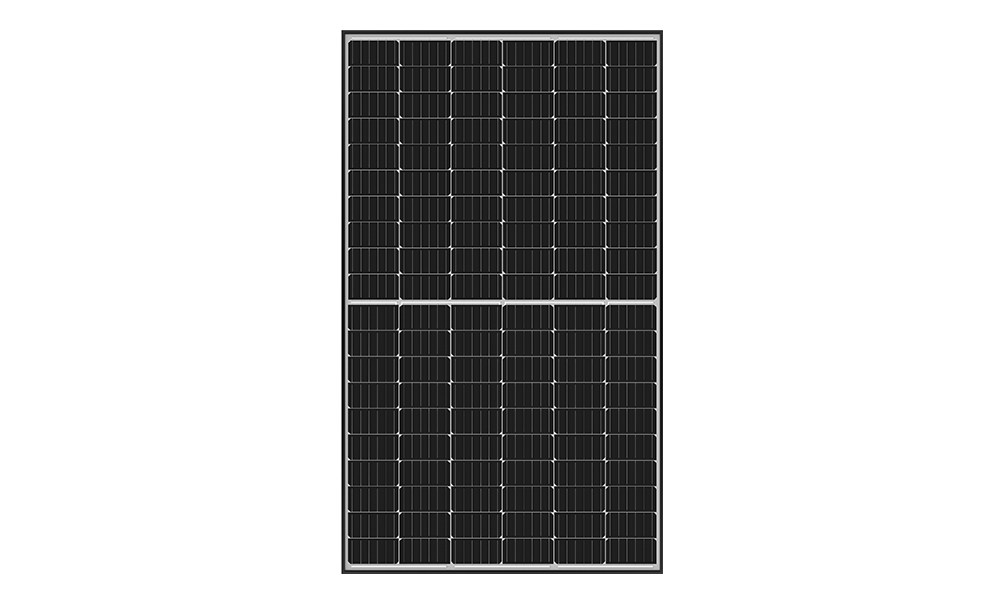
A standard PV panel comprises an array of solar cells with various spacing configurations. The cells are interconnected with metallic conductors and positioned between the front glass and a back sheet. The most common solar cells are made of crystalline silicon that is dark blue in color and is cut into the familiar rectangular shape.
The conversion efficiency of these PV cells depends on the spectrum of the irradiance – some frequencies of light are converted better than others. Some PV technologies can also produce power from irradiation that passes through the cells and is reflected by the back sheet into the back side of the cell.
It’s worth mentioning that in addition to the standard PV panels, there is another type of solar panel -- bifacial PV panels which are designed to convert radiation from the front and back side of the panel. Bifacial PV panels utilize glass instead of a reflecting back sheet. In this case, the silicon is placed between two glass sheets, allowing radiation to be reflected back from the ground directly on the PV silicon.
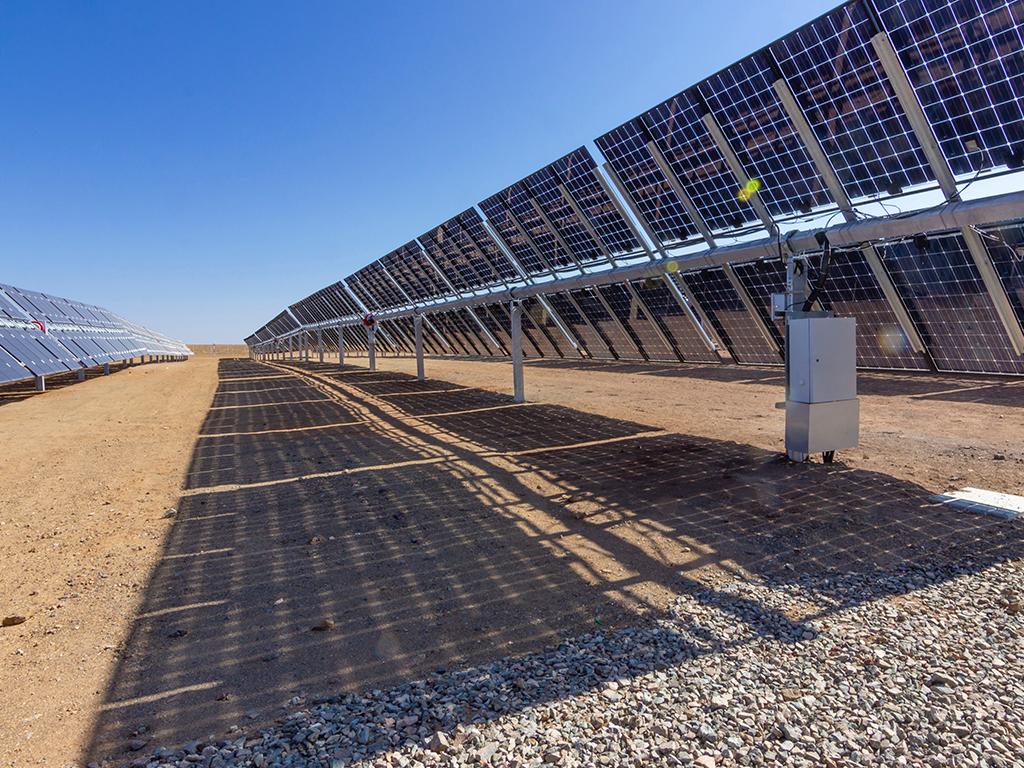
Let’s get even more creative with solar
There are lots of ways to change the overall look of solar panels, some of which are even manufactured in monochromatic red, green, gold, and silver. One of the most popular is to paint the gap between the cells in a dark color, making them look more homogenous. But this does not come without its challenges.
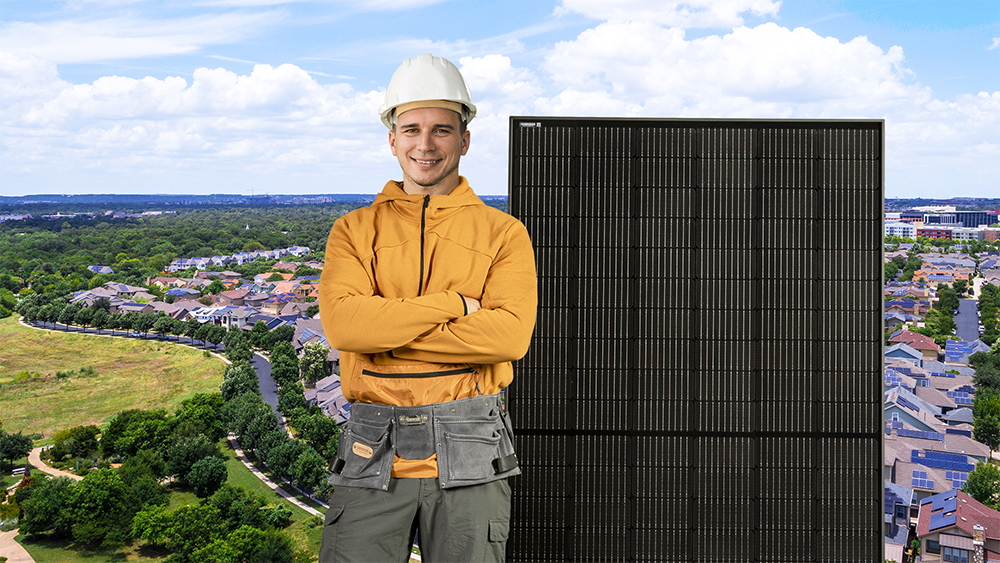
Homogeneous colored panels are great for places where the panels are located far from sight. However, sometimes the metallic conductors can be seen through the paint. Some companies eliminate all metallic conductors from the front side of the panel with technologies that enable back contact PV cells, leaving the front of the cells polished and flat. There are also “skins” that can be used with any panels in a process that closely resembles tinting a car’s windshield. Companies even make use of these skins for advertising purposes or blend them in a patterned environment.
The main challenge in a painted front surface of a solar panel is that it blocks a portion of the light, negatively impacting the panel’s efficiency and essentially producing less power. Some technologies mitigate the negative effect of paint by using specific colors and materials that allow most of the light to reach the silicone behind them. Another approach is to reduce the amount of paint by painting only small dots while leaving the gaps between the dots completely unpainted instead of painting the entire surface.
Getting solar in shape
The traditional rectangular-shaped solar modules were designed to address engineering and economic considerations. An important consideration for a solar panel is that most of it be covered with silicon as the gaps between silicon cells and the frame around them are not utilized for producing power. Therefore, solar panel manufacturers increase the portion of the silicon area of their panels by reducing the gaps between cells and the width of the frame. This criterion is sometimes referred to as the “packing factor.” Rectangular cells can be packed better than circular cells - combined with a rectangular frame we get a good packing factor.
So, what happens when the installation site is not rectangular? The remaining area is usually left unutilized`. Some manufacturers have begun introducing PV panels in various shapes such as triangles and trapezoids. With more area utilized, more power is subsequently generated. This solution is beneficial for sites with tiled roofs and a non-rectangular shape.
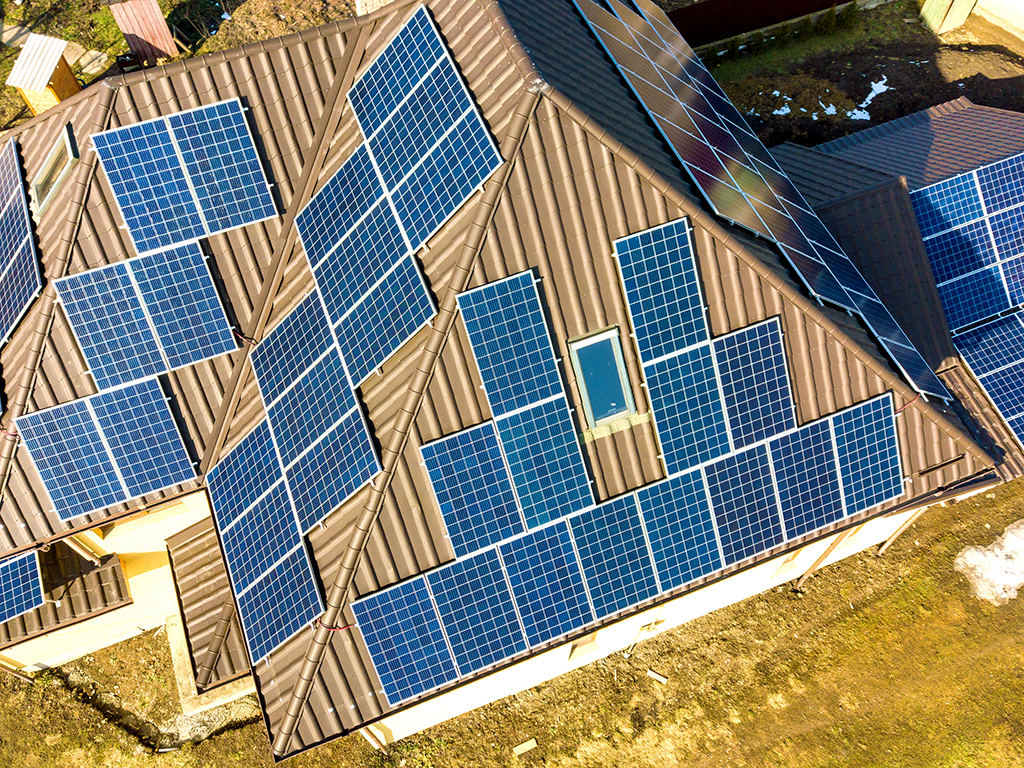
There is also a growing niche of curved solar panels which are suitable for curved roofs. The curved surface of the solar panel poses its own problems as different parts of it face different directions. For example, curved solar panels that encircle streetlights face the sun on one side while the other side is shaded, resulting in a mismatch.
Some solar panel manufacturers are dividing the curved solar panels into small sections, then electrically grouping sections that face similar directions together. This solution allows curved solar panels to produce power even under significant mismatch conditions.
Looking towards the future
Solar panel aesthetics are a major consideration that is gaining traction as a growing number of technologies are becoming commercialized. In fact, building-integrated photovoltaics (BIPV) is expected to develop rapidly due to government regulations and polices. This means that more panels will be integrated into new buildings, making the design and aesthetics key characteristics of a solar installation.
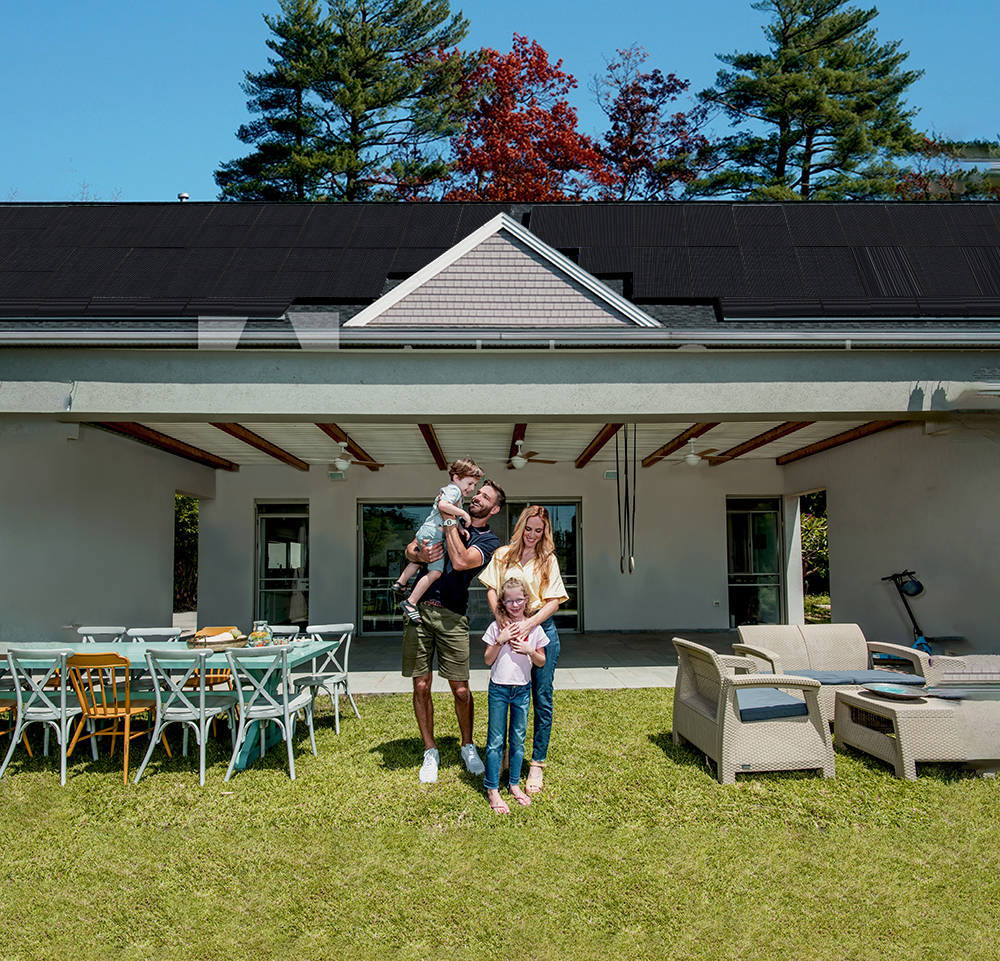
This rapidly growing market could foster more innovative design concepts that may even become standard. I expect to find more aesthetic PV products in branding, advertisements, rooftops, and large utility fields. If you find any, please let us know in the Comments.
Similar Articles
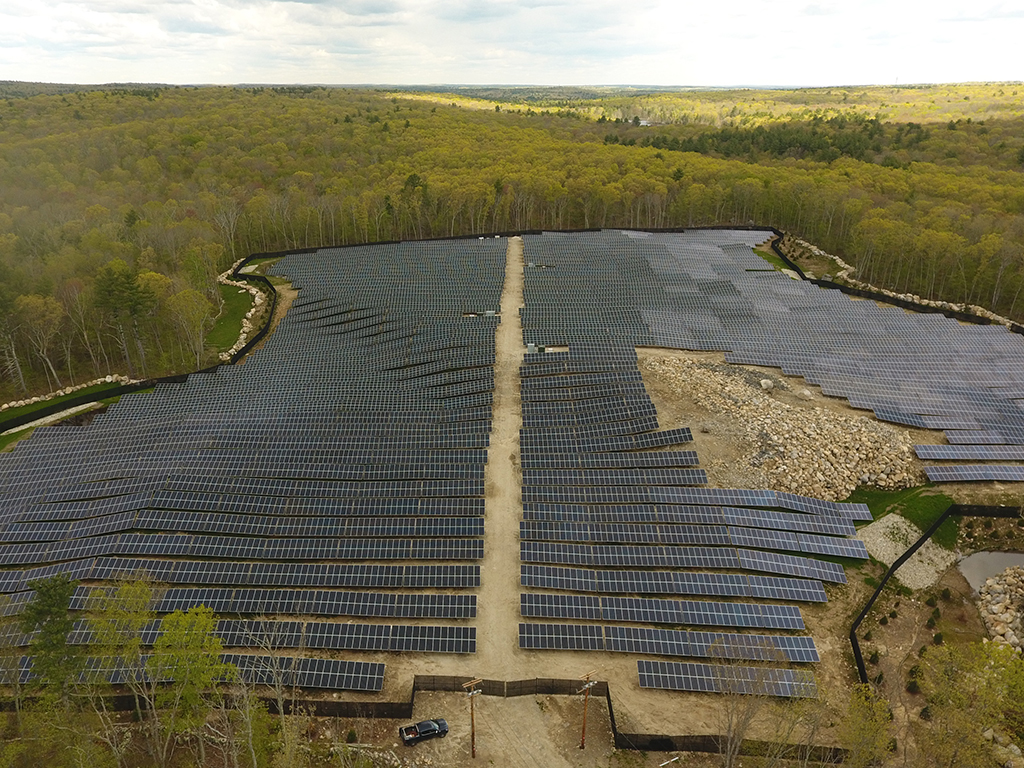
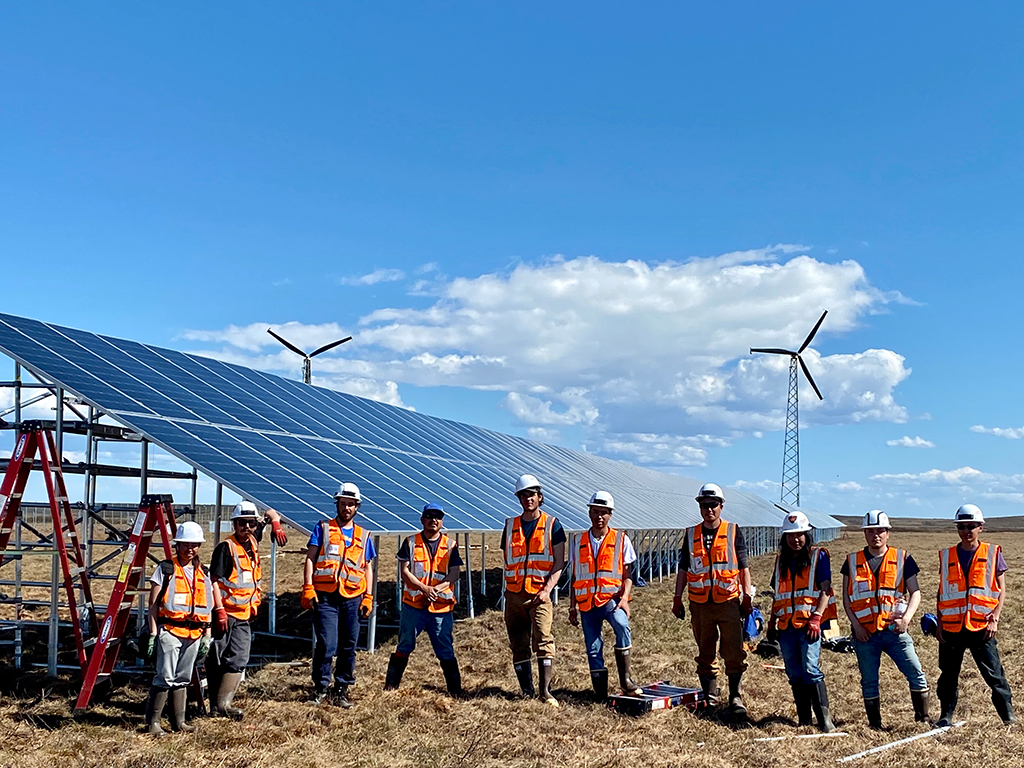




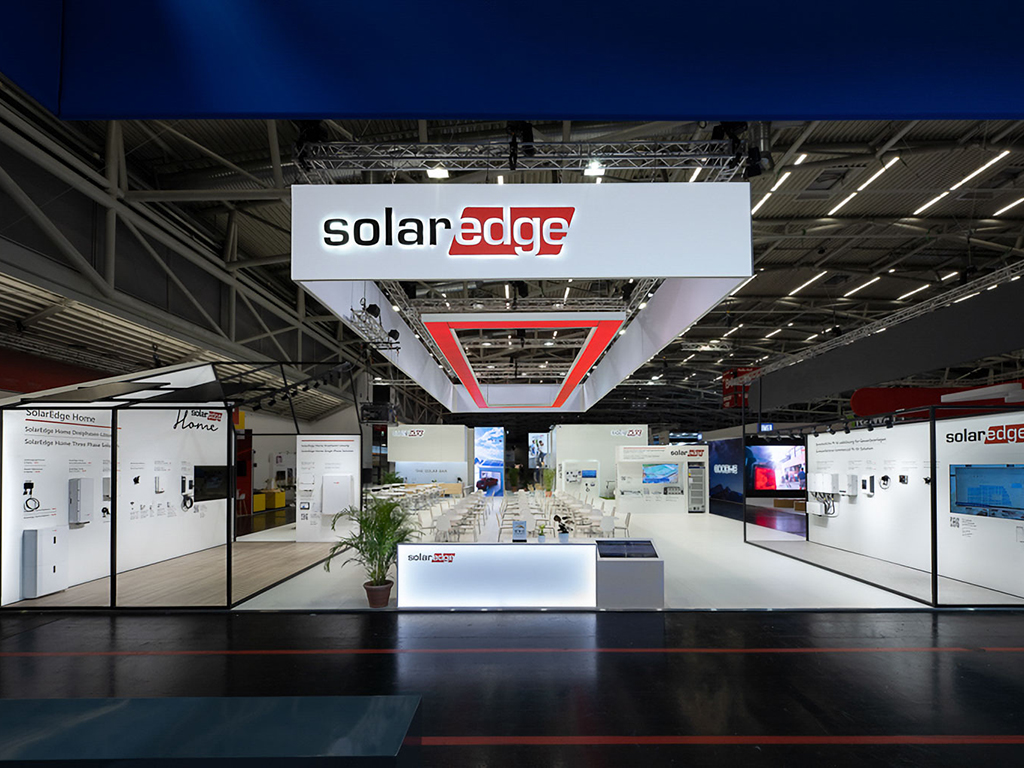
Add new comment
Comments